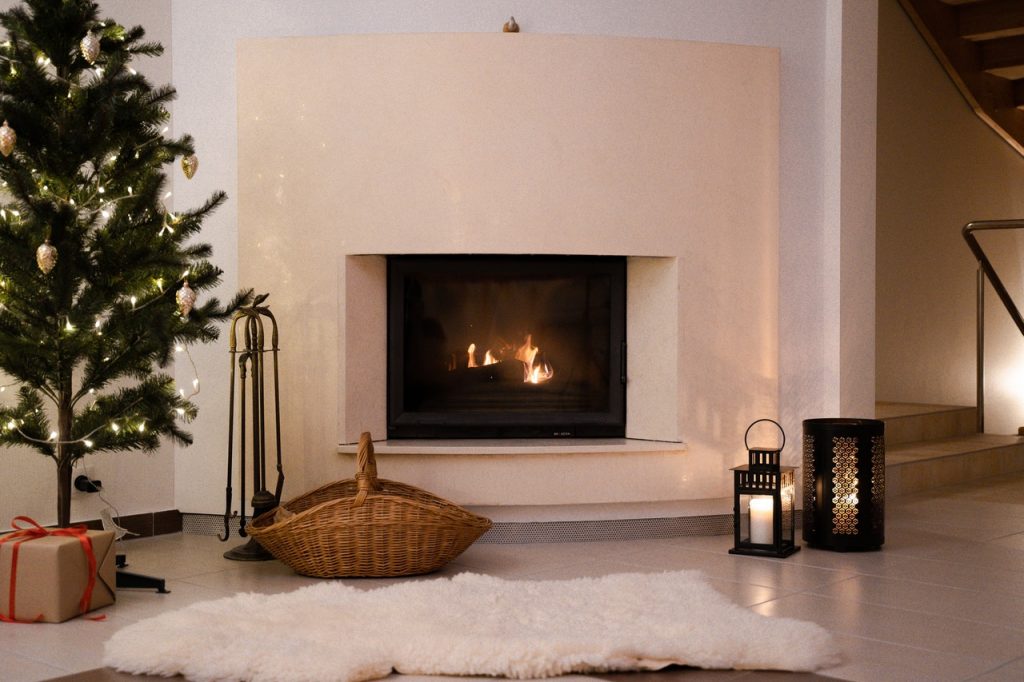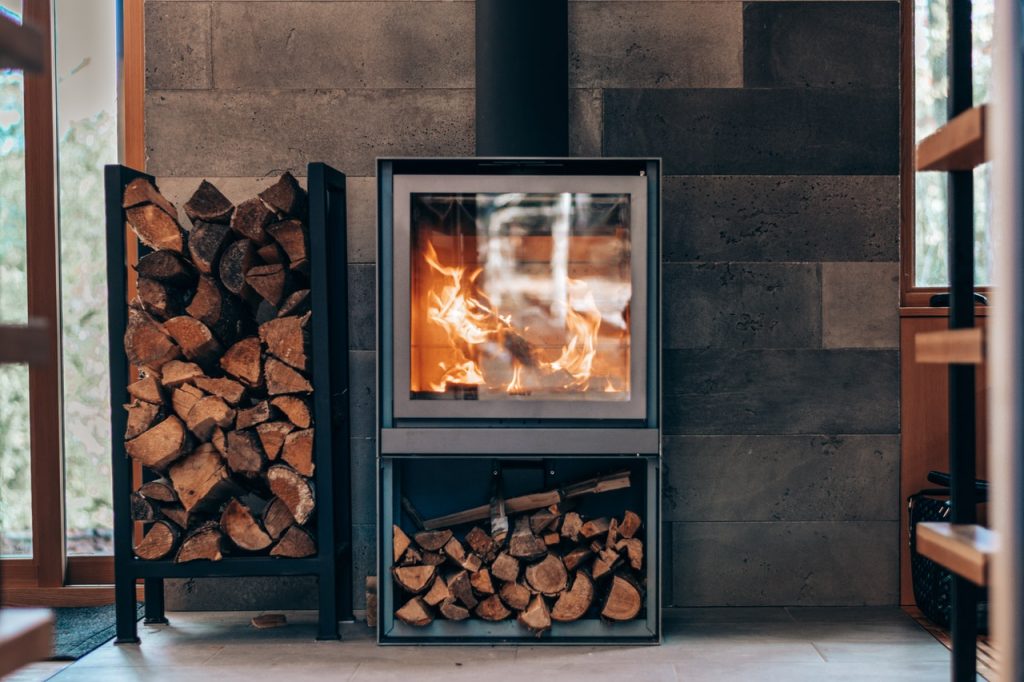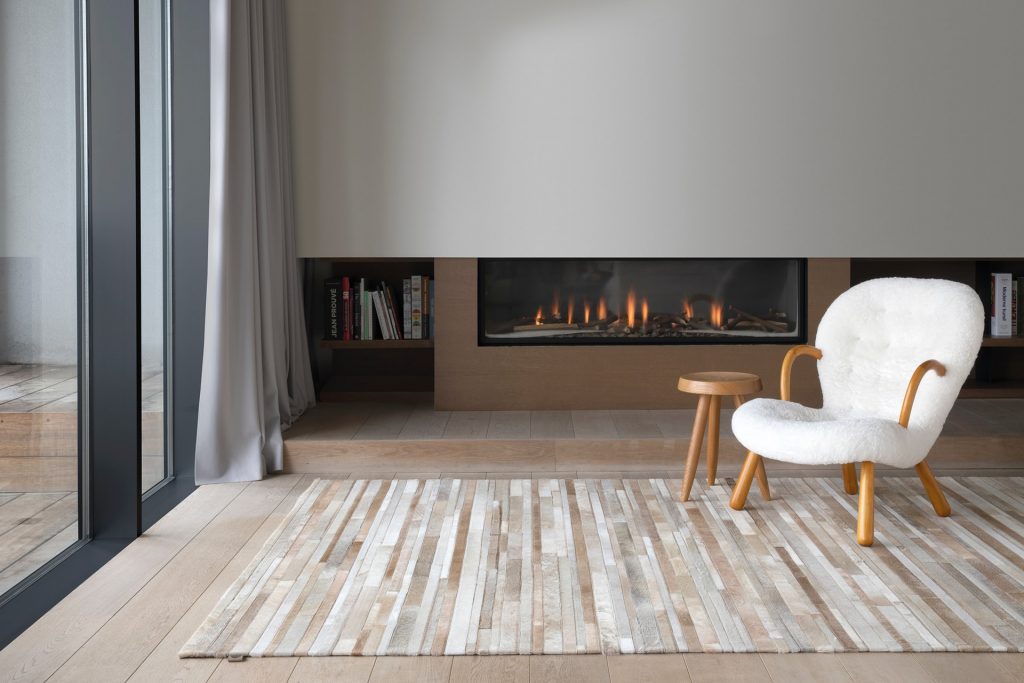It’s still cold outside and that means taking care of your fireplace so you don’t feel it inside. Fireplaces can become the center of a household during the winter months, they prove warmth and a beauty to look at, but if you don’t maintain them properly they can also become a headache. So, take a look at this ultimate fireplace maintenance tips list that way you can keep your fire going all winter long.
Find and Fill the Cracks or Gaps the Firebox Brick Mortar
With the passing of time and usage, there are cracks and gaps that appear in your fireplace, most specifically inside of it. The heat generated by the fire makes the construction material expand and contract causing it to loosen over time, so it’s important to keep an eye on loose bricks and debris falling from the fireplace. The heat generated by the fireplace might be leaking and escaping through the gaps. Here’s what you need to do:
- Only repairs with no fire and a cool fireplace.
- Inspect for any loose bricks or noticeable cracks.
- Use a fireplace mortar or refractory caulk to fill in the gaps.
- You can clean off the gaps with a compressed air can and place the new filling with a simple putty tool.
Only Use the Right Wood in your Fireplace
The quality of heat you get from your fireplace is directly related to the type of wood you burn, and so is the maintenance upkeep of the appliance. Using the wrong kind of wood can lead to a dirtier fireplace and cause you to need to clean it more often, it can also make the fire burn faster and heat last less.
Avoid using softer types of wood that burn quicker, and also leave finer ash that is very difficult to clean. Stay clear of:
- Cedar
- Poplar
- Balsam
- Spruce
Instead, use these types of hardwood that are recommended for fireplace fires:
- Oak
- Ash
- Birch (offers a more constant and hotter temperature)
- Maple
Check out your Flashing and Repairs Damages
Before you install your fireplace you should have placed a metal flashing that runs between the fireplace chimney and your roof, this prevents water from going into your home from there. This procession could be damaged or torn causing vulnerability to your fireplace and your home. Inspect it to see it intact and fix any damage you find for a better fire.
Clean up your Chimney
Fireplaces are beautiful, cozy, and powerful heat sources but they are also messy! Having a fireplace means you have to clean that fireplace, especially the chimney. The residue left behind by wood burn, called creosote, can be a dangerous accelerant for fire. Creosote is the main cause behind chimney fires, one of the most serious fireplace accidents you could have in your home. To prevent it, all you need to do is properly clean your chimney correctly and timely. You can buy your own cleaning supplies and do it or get professional cleaners. It’s also essential to clean the ashes from the firebox after every fire to minimize risks and get your chimney assessed by a professional at least once a year, preferably twice before using it in the winter months and after the cold.
These tips should help you keep the fire going and stay cozy until it warms up again!


